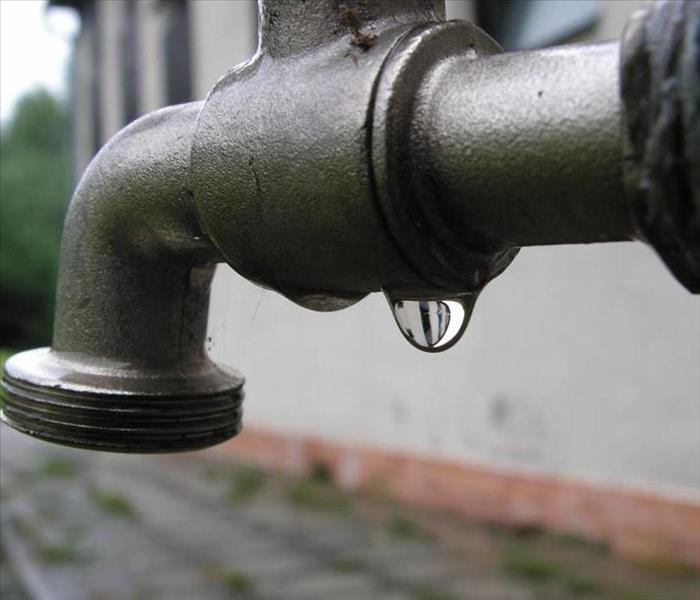Have you ever had a leaky faucet in your home? It may seem like a minor issue, but did you know that fixing that leak could potentially save you hundreds of gallons of water a year? Plus, it's an eco-friendly solution that can have a positive impact on the environment.
Here's why you should have ecofriendly plumbing
When it comes to your home's plumbing system, eco-friendliness should be a top priority. Not only is it environmentally responsible, but it can also save you money in the long run. A leaky faucet or pipe can waste a surprising amount of water and money. It's estimated that a leaky faucet can waste up to 3,000 gallons of water a year, which is not only bad for the environment but can also cause an increase in your monthly water bill. By replacing old, inefficient plumbing fixtures with environmentally friendly options, you can significantly reduce your water usage and potentially save money on your water bill.

So, how can you make your home's plumbing system more eco-friendly? There are several options available on the market today, such as low-flow showerheads, faucets, and toilets. These fixtures are designed to use less water than traditional plumbing fixtures, without sacrificing functionality. Additionally, you can invest in a high-efficiency water heater, which will consume less energy to heat your water, resulting in lower energy bills.
Fixing A Leaky Faucet
One of the most common plumbing problems homeowners face is a leaky faucet. Fortunately, this issue is relatively easy to fix and can be done without the help of a professional plumber. To fix a leaky faucet, you'll need a few basic plumbing tools, including a wrench, pliers, and Teflon tape. You'll also need to identify the type of faucet you have, as different faucet types require different repair methods.
If you have a compression faucet, which is typically found in older homes, you'll need to replace the worn-out rubber washer inside the faucet. If you have a cartridge faucet, which is more modern, you'll need to replace the cartridge. For a ceramic-disc faucet, which is becoming more popular, you'll need to replace the seals and O-rings. No matter what type of faucet you have, be sure to turn off the water supply before attempting any repairs.
Tips For Fixing A Leaky Faucet
Fixing a leaky faucet may seem like a daunting task, but with the right tools and some basic knowledge, anyone can complete this simple repair. Here are a few tips to help make the process go smoothly:
- Turn off the water supply - this will prevent any water from leaking out while you're working.
- Take apart the faucet - carefully remove any screws or other components to access the inner workings of the faucet.
- Identify the problem - take a close look at the parts in the faucet to determine what's causing the leak.
- Replace any worn-out parts - be sure to use the correct replacement parts for your specific faucet type.
- Reassemble the faucet - carefully put the faucet back together, taking care to tighten all screws and components.
- Turn the water supply back on - once you've completed the repair, turn the water supply back on to test for leaks. If there are no leaks, you're good to go!

Overall, fixing a leaky faucet is a simple and eco-friendly solution that can potentially save you money on your water bill. By making small changes to your home's plumbing system, such as replacing old, inefficient fixtures with eco-friendly options, you can significantly reduce your water usage and help protect the environment. So why not give it a try? Your wallet and the planet will thank you.
